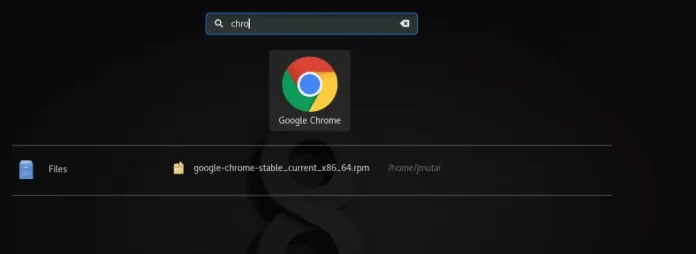In this article, when we set the dirty property to true then the object cache will be rerendered next render call to canvas Polygon using FabricJS. The canvas Polygon means Polygon is movable and can be stretched according to requirement. Further, the Polygon can be customized when it comes to initial stroke color, height, width, fill color, or stroke width.
To make it possible, we are going to use a JavaScript library called FabricJS. After importing the library, we will create a canvas block in the body tag which will contain the Polygon. After this, we will initialize instances of Canvas and Polygon provided by FabricJS and set the dirty property of canvas Polygon and it will render the Polygon on the Canvas as given in the below example.
Syntax:
fabric.Polygon([
{ x: pixel, y: pixel },
{ x: pixel, y: pixel },
{ x: pixel, y: pixel},
{ x: pixel, y: pixel},
{ x: pixel, y: pixel }],
{ dirty : boolean }
);
Parameters: This function accepts three parameters as mentioned above and described below:
- dirty: It specifies the object cache will be rerendered next render call or not.
Below examples illustrate the Fabric.JS Polygon dirty property in JavaScript:
Example:
HTML
<!DOCTYPE html> <html> <head> <!-- Loading the FabricJS library --> <script src= </script> </head> <body> <div style="text-align: center;width: 600px;"> <h1 style="color: green;"> neveropen </h1> <b> Fabric.js | Polygon dirty Property </b> </div> <canvas id="canvas" width="600" height="200" style="border:1px solid #000000;"> </canvas> <script> // Initiate a Canvas instance var canvas = new fabric.Canvas("canvas"); // Initiate a polygon instance var polygon = new fabric.Polygon([ { x: 295, y: 10 }, { x: 235, y: 198 }, { x: 385, y: 78}, { x: 205, y: 78}, { x: 355, y: 198 }], { stroke: 'green', strokeWidth: 3, cornerStyle: 'circle', dirty: false }); // Render the polygon in canvas canvas.add(polygon); </script> </body> </html> |
Output:





